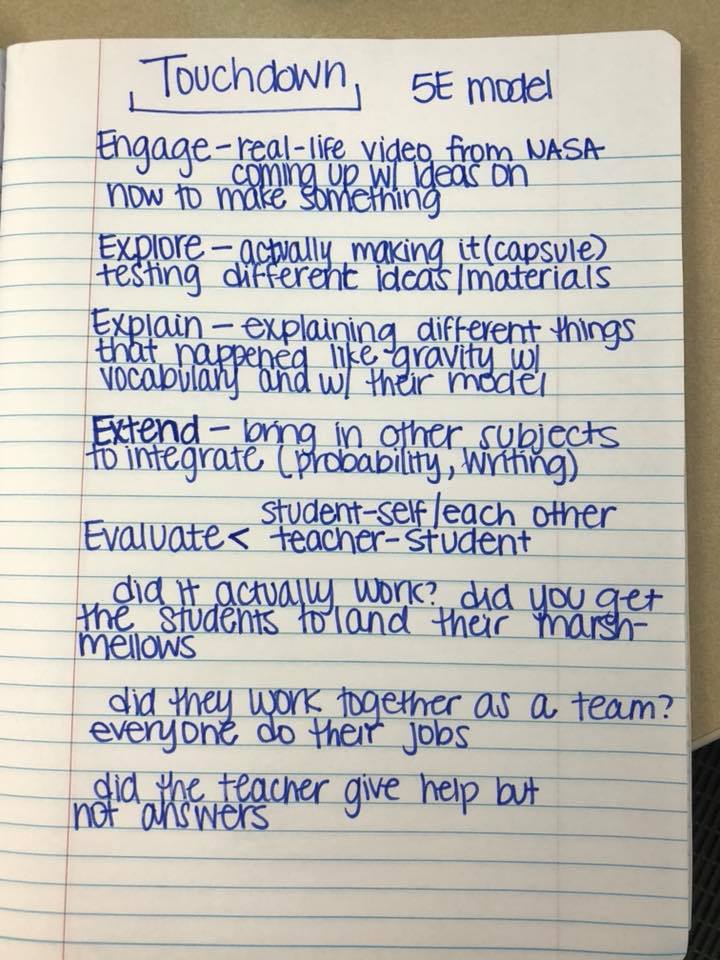Last week I have learned many different things about NASA, space exploration, and all the different ways I can use these events in my classroom and as an educator. Not only have I learned more about the insides of the NASA organization, I know about NASA’s future goals of going to the moon, Mars, and NASA’s past accomplishments, which could be used as a history lesson of NASA. Also, I have learned how I can use NASA to motivate my students in many ways. For example, I have learned that students that want to be astronauts can learn from current astronauts and see how they were kids just like them at one point in time. Also, I can encourage females in my classroom that they can be scientists as well and work for NASA and could fill many different roles scientists, astronauts, and could even work on the building of the spaceships. Not all people that work at NASA are scientists or doctors. In fact, NASA hires photographers, social media managers, digital designers, etc. I also learned many different experiments and lessons that I can take into my classrooms and help my students explore the different aspects of space and things that relate to space like spaceships, travel to the moon, and future explorations. I can now help bring real science to life through hands on experiences to help them better their understanding of science and how real science works. This past week I have learned so much! I can’t wait to share that with my students and other people that didn’t have the opportunity to do the NASA MEI program.

Elizabeth is hoping to teach kindergarten in the fall of 2018. She incorporated the 5E Instructional Model for student activities during the NASA MEI program.


